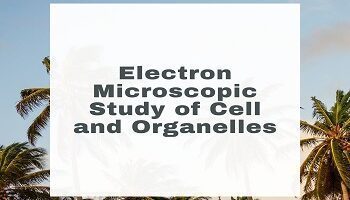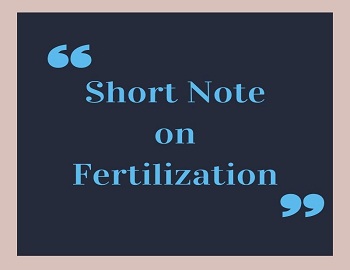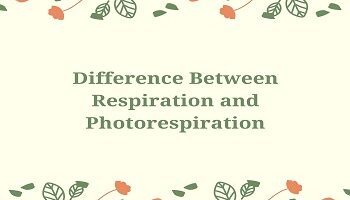Difference Between C3 Plants and C4 Plants:
The following are the points of difference between C3 plants and C4 plants–
| C3 plants | C4 plants |
|---|---|
| They are mainly temperate plants. | They are mainly tropical plants. |
| They operate only the Calvin cycle. | They operate the Calvin cycle as well as the Hatch and Slack pathway. |
| The optimum temperature for photosynthesis is 20°-25°C. | The optimum temperature for photosynthesis is 30°-45°C. |
| The transpiration ratio is 500-1000. | The transpiration ratio is 250-350. |
| CO₂ fixation takes place in mesophyll cells only. | CO₂ fixation takes place in mesophyll and bundle sheath. |
| Chloroplasts are granal (one type). | Chloroplasts are of two types (granal and agranal). |
| Chloroplasts are without peripheral reticulum. | Chloroplasts posses a peripheral reticulum. |
| Leaves do not show kranz anatomy. | Leaves show kranz anatomy. |
| They perform photorespiration. | Photorespiration is not detectable. |
| The first acceptor of CO₂ is RuBP. | The first acceptor of CO₂ is PEP while the second acceptor is RuBP. |
| The first stable compound after carboxylation is PGA (phosphoglyceric acid). | The first stable compound after carboxylation is OAA (oxaloacetic acid). |
| PGA is reduced in the chloroplasts where it is formed. | PGA is formed in bundle sheath cells but is reduced in mesophyll cells. |
| The carboxylase enzyme is Rubisco. | The carboxylase enzyme is PEP carboxylase and Rubisco. |
| 18 ATPs used to synthesize one glucose. | Consumes 30 ATPs to produce one glucose. |
| CO₂ compensation point lies between 50-100 ppm. | CO₂ compensation point lies between 0-10 ppm. |
| Example: Paddy, Wheat, Potato, and so on. | Example: Sugar cane, Maize, Sorghum, Amaranthus, and so on. |
- Define Photosynthesis. Write down the importance of Photosynthesis
- What Are Plant Auxins? Discuss the role of Auxins (IAA) in the plant body?
- What Are Gibberellins? Discuss the functions of Gibberellins in the plant body?
- What Are Cytokinins? Discuss the functions of Cytokinins in the plant body?
- Tamil Board: Living World









Comments (No)